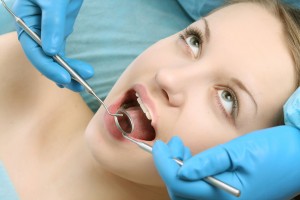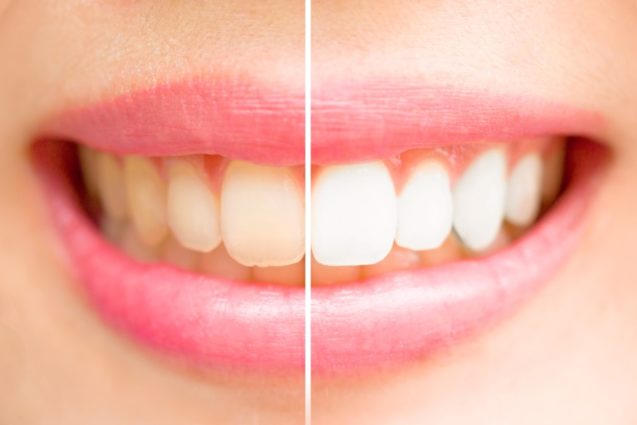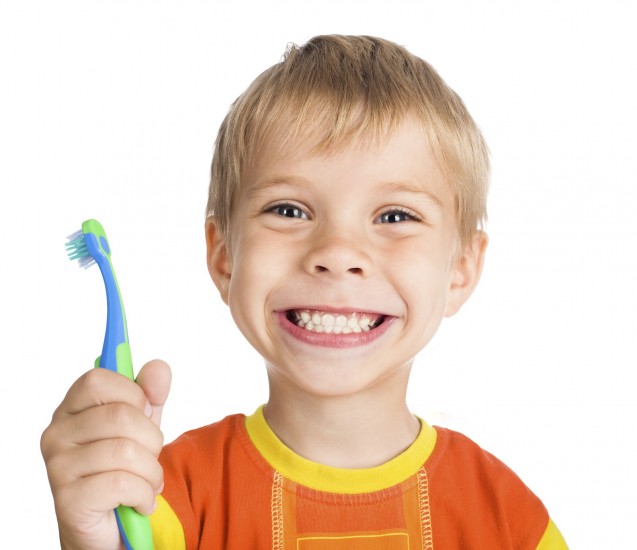By hassan
11 Feb, 2017
Dental Care, dental prevention tips, dentist, Health Tips
best dentist mississauga, bright smile, brushing teeth tips, brushing your teeth, dental care, dental prevention Archive, dentist, Dr. Hassan Dental (formerly radiant dental), how to brush your teeth, tips on healthy teeth, tooth corner, toothbrush
We’ve all heard our dentists tell us to “brush twice a day and floss regularly.” But is that all you need to do to build strong teeth and gums? Not exactly. The following are many do’s and don’ts of brushing your teeth to ensure they stay at their healthiest, strongest and brightest.
Tooth Brushing Dos:
- Brush with fluoride toothpastes and gels. Fluoride is a naturally occurring element that helps prevent and even reverse early stages of tooth decay.
- Choose a toothbrush that is appropriately sized and use a soft-bristled brush. Bristles that are too hard can injure your gums and cause recession.
- Brush for 2 minutes covering all sections of the mouth (upper, lower, inside, outside or behind). A motorized (electric or battery-operated) toothbrush with a timer can be a great choice; as most people don’t realize 30 seconds per mouth section is a long time. Don’t forget to use short, gentle strokes that cover one or two teeth at a time.
- Brush shortly after you’ve consumed anything particularly sweet or chewy, in addition to the normal two times a day (morning and bedtime). If it’s not convenient to brush, rinse with mouthwash or water to wash away food particles, sugar residue and to help dilute acids produced by decay-forming bacteria.
- Replace your toothbrush every 3 months or whenever the bristles start showing signs of excessive wear. Also replace after any illness (cold, flu, etc.). Germs can live on the bristles so if you continue to use the same toothbrush, it could lead to reinfection.
- Brush your tongue once a day with a toothbrush or tongue scraper. Sulphur-emitting bacteria can reside on the tongue surface and are largely responsible for bad breath. One or two swipes from back to front will suffice to reduce the bacterial count in your mouth and help control halitosis.
- Keep toothbrush heads dry after use.
Tooth Brushing Don’ts:
- Don’t ever share toothbrushes with anyone, even your family members. Germs and gum disease can be transferred via moist brushes.
- Don’t brush your teeth within 30 minutes of consuming acidic (citrus fruit) foods or beverages (juices, sports drinks, soft drinks). The acids soften the tooth structure and make them more susceptible to abrasion through brushing.
- Don’t use a hard-bristled brush or excessive force. You are cleaning your teeth and gums, not the grout between your bathroom tiles! Be gentle.
- Don’t allow children 2 years old and under to ingest toothpaste. Children should always brush teeth under the supervision of an adult. Tip: Children need assistance with oral hygiene until they possess the dexterity to tie their own shoelaces.
- Don’t forget to rinse! Rinsing collects and discards all of the bacteria you just brushed from your teeth and gums and prevents it from re-depositing on the tooth surface.
- The Most Important Don’t: Don’t forget to schedule regular checkups with your dentist (Like us) every 6 months. Bi-annual professional cleanings and exams are the easiest way to avoid painful and costly dental problems in the future.
Share this with your friends and family and let us know if you have any other tips to keeping your teeth healthy!
More

According to a surprising new study, people who have more dental cavities are at lower risk of being diagnosed with head and neck cancer, compared with patients who have few or no cavities.
Dental cavities (or caries) are caused by tooth decay. This is when the bacteria present in the mouth make lactic acids that strip away minerals in the tooth by fermenting carbohydrates.
According to the researchers from the University at Buffalo, NY, previous studies have shown the bacteria that causes tooth decay is linked to an immune response, which may be protective against cancer.
For this study, published online in JAMA Otolaryngology – Head and Neck Surgery, the researchers set out to determine if there is a significant link between dental cavities and Head and Neck Squamous Cell Carcinoma (HNSCC).
The study involved 399 patients newly diagnosed with HNSCC, and 221 participants without the cancer who were all selected from the Department of Dentistry and Maxillofacial Prosthetics at Roswell Park Cancer Industry between 1999 and 2007.
The researchers analyzed the dental history of all patients, particularly their history of dental cavities, by measuring the number of decayed, missing and filled teeth.
Dental cavities a form of ‘collateral damage’
Of the 399 patients with HNSCC, 146 (36.6%) had oral cavity squamous cell carcinoma (SCC). Oropharyngeal SCC occurred in 151 (37.8%) patients, while 102 (25.6%) had laryngeal SCC.
The results of the study overall showed that those who had high cavity numbers and who placed in the top third of participants were less likely to have HNSCC, compared with participants who had low cavity numbers in the bottom third.
The study authors explain:
“Caries is a dental plaque-related disease. Lactic acid bacteria cause demineralization (caries) only when they are in dental plaque in immediate contact with the tooth surface. The presence of these otherwise beneficial bacteria in saliva or on mucosal surfaces may protect the host against chronic inflammatory diseases and HNSCC.
We could think of dental caries as a form of ‘collateral damage’ and develop strategies to reduce its risk while preserving the beneficial effects of the lactic acid bacteria.”
The researchers say that a potential strategy to reduce the risk of dental cavities while still preserving the lactic acid bacteria could be to implement mechanical plaque control, preservation of saliva and use of fluoride, as well as controlling diet and other risk factors.
They add:
“Future studies assessing the potential effects of the oral microbiome and associated immune responses on HNSCC will help elucidate the biological mechanism of the clinical association that we have observed in this study.”
Medical News Today recently reported on a study that suggested poor oral health and gum disease could lead to a higher risk of throat cancer.
Written by Honor Whiteman
Copyright: Medical News Today
More
Teaching your toddler to take care of his teeth is just one way you can show your growing child how to take responsibility for his body. This can be a challenge because 3-year-olds are motivated mainly by fun and pleasure, not by health and necessity. If you want to end his resistance to brush, your best bet is to make this nightly chore a fun ritual for him. Here are a few tricks you can use to do just that:
More
From the time we’re young, we’re taught that using a Toothbrush regularly is one of the best ways to keep our teeth and gums healthy. But which toothbrush is best?
You can’t overestimate the importance of good oral hygiene — not only for dental health, but for your overall wellbeing. In fact, gum disease is a major risk factor for the development of serious health conditions, including heart disease and diabetes.
More




